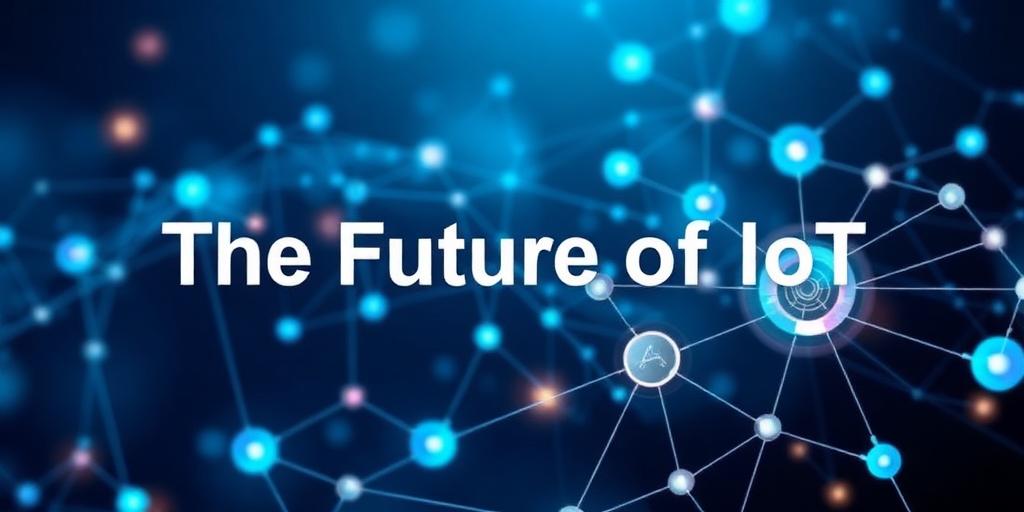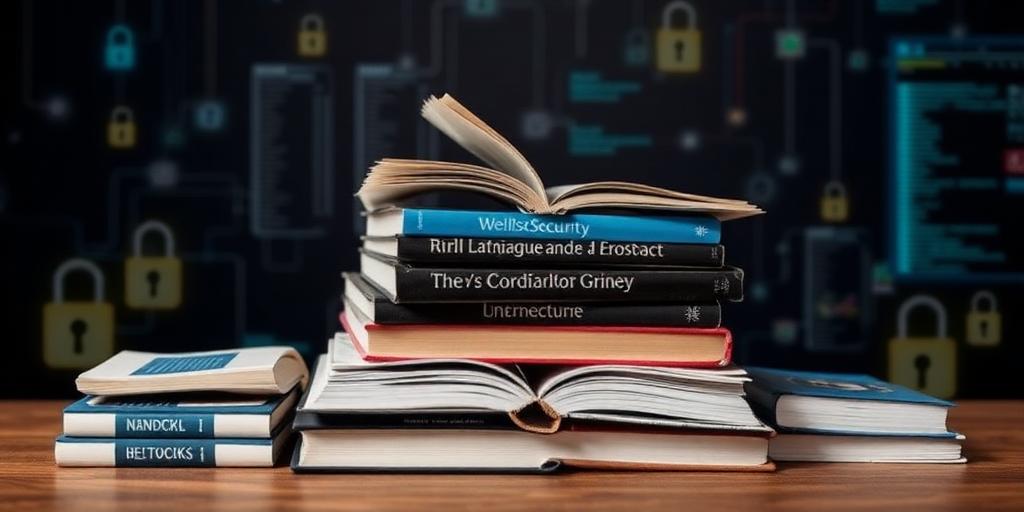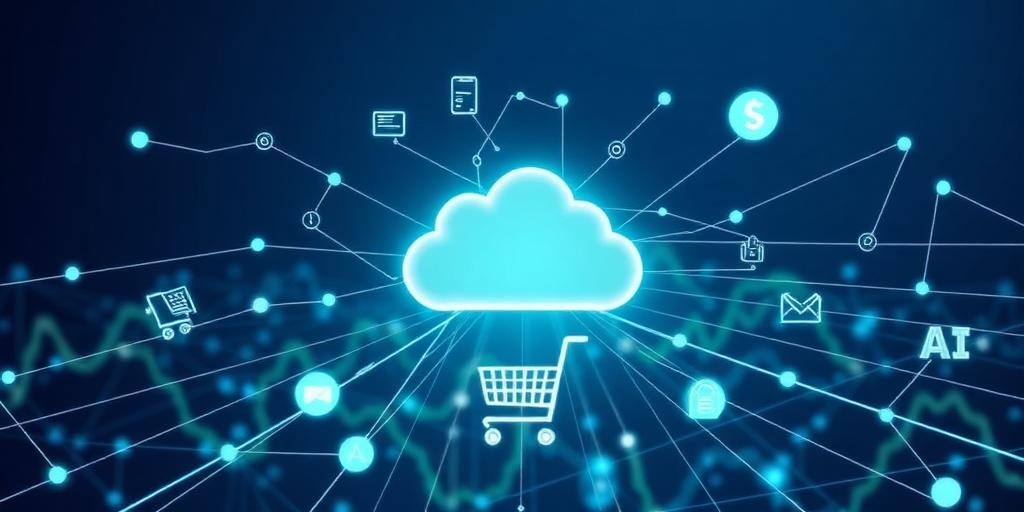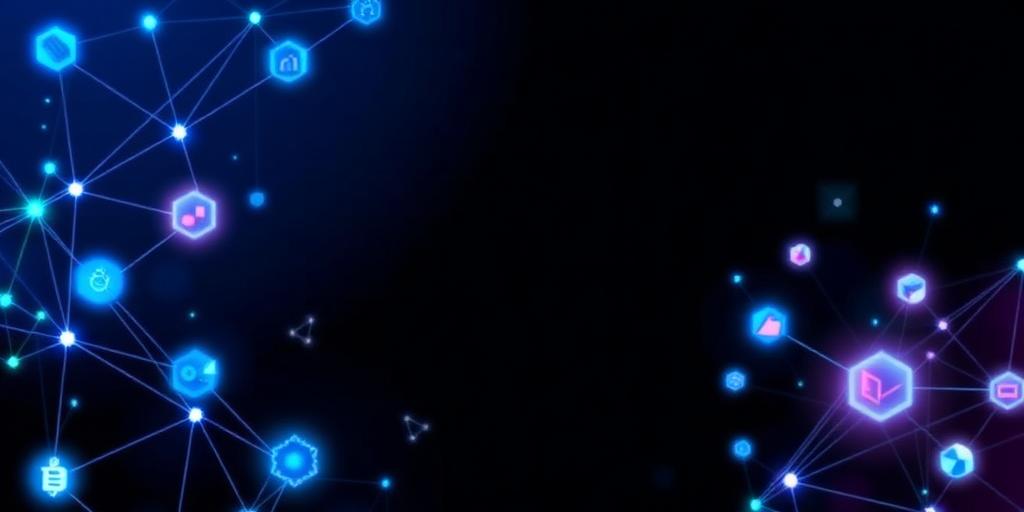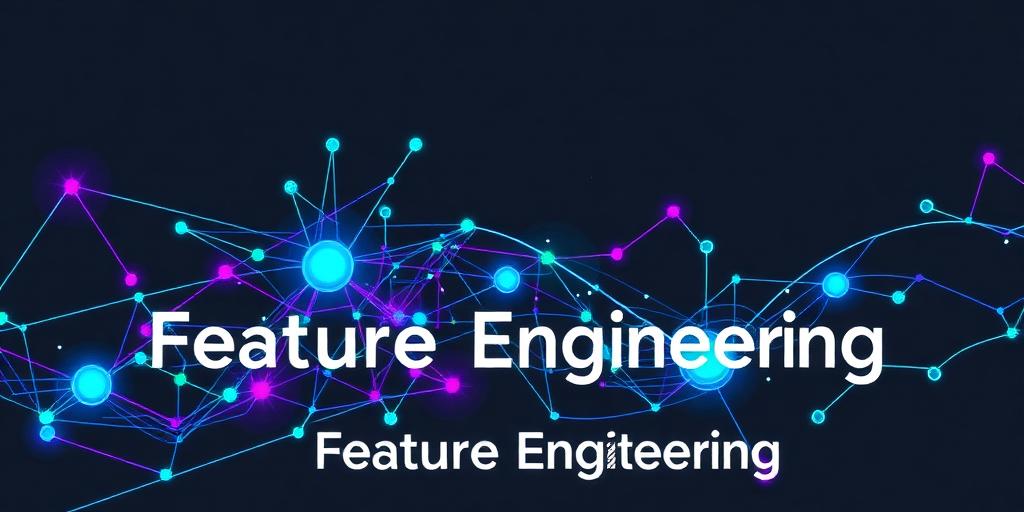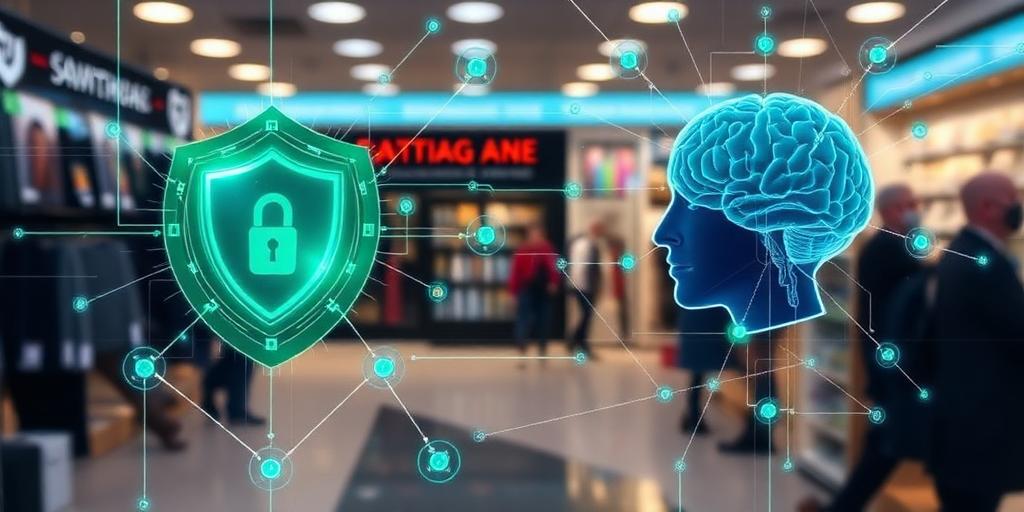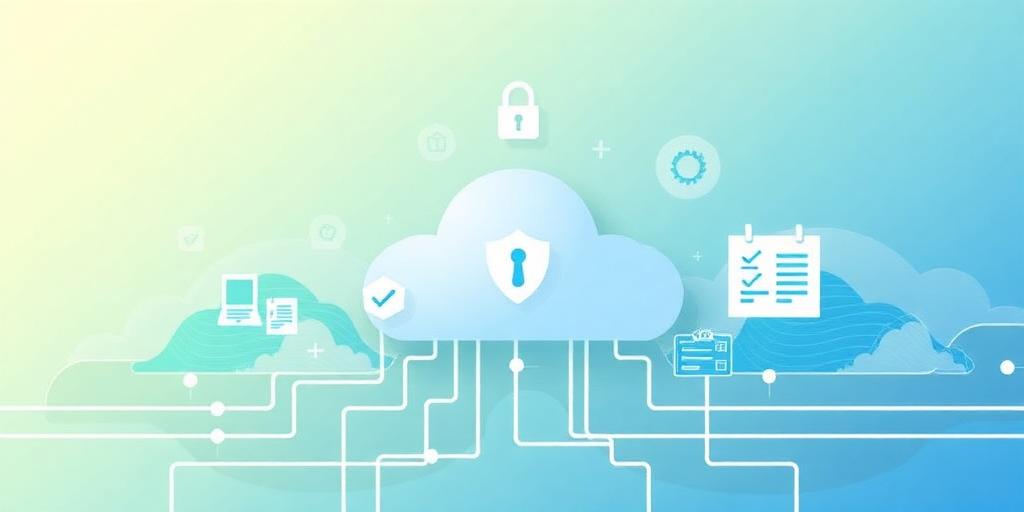The Future of IoT: Anticipating the Next Wave of Connected Intelligence
The Internet of Things (IoT) has already transformed industries, redefined convenience, and laid the groundwork for a hyper-connected world. From smart homes to industrial automation, its pervasive influence is undeniable. Yet, the current state of IoT is merely a prelude to its profound future. As we stand at the precipice of the next technological frontier, it is imperative to analyze the trends and predictions shaping the evolution of connected intelligence.
Key Trends Defining the Future of IoT
The trajectory of IoT is being steered by several pivotal advancements, each promising to unlock unprecedented capabilities and redefine how we interact with our environment.
1. Pervasive AI and Machine Learning Integration
The symbiotic relationship between AI and IoT is poised for exponential growth. IoT devices generate colossal amounts of data, and AI/ML algorithms are the engines that extract actionable insights from this deluge. We anticipate an increase in AI-driven IoT applications, enabling devices to learn, adapt, and make autonomous decisions in real-time. This integration will lead to more predictive maintenance, personalized user experiences, and optimized operational efficiencies across sectors. The "Future of IoT" hinges significantly on this intelligent data processing.
2. The Rise of Edge Computing
While cloud computing remains vital, the escalating volume and velocity of IoT data necessitate processing closer to the source. Edge computing addresses this by bringing computation and data storage closer to the data-generating devices, reducing latency and bandwidth consumption. This trend is crucial for applications requiring instantaneous responses, such as autonomous vehicles and critical industrial control systems. The shift towards powerful edge devices will further decentralize data processing, enhancing both speed and security in IoT networks.
3. Enhanced Security and Privacy Frameworks
As IoT ecosystems expand, so do the attack surfaces. The future will see a heightened emphasis on robust security protocols, including blockchain for data integrity, advanced encryption standards, and AI-powered threat detection. Regulatory bodies will also play a larger role in mandating comprehensive privacy frameworks, ensuring consumer trust and safeguarding sensitive data. Addressing "IoT security challenges" will be paramount for widespread adoption.
4. Digital Twin Technology at Scale
Digital twins, virtual replicas of physical assets, processes, or systems, are becoming increasingly sophisticated. Integrated with real-time data from IoT sensors, these digital models enable precise monitoring, simulation, and optimization. Their application will expand beyond manufacturing and smart cities into healthcare, retail, and even human-centric models, providing unparalleled insights for decision-making and predictive analytics.
5. Sustainable IoT and Green Technologies
With global climate concerns escalating, the development of sustainable IoT solutions will gain significant traction. This includes energy-efficient devices, optimized resource management through IoT analytics, and the use of IoT to monitor environmental parameters. From smart grids to waste management, IoT will be instrumental in fostering a more sustainable planet, driving innovation in "eco-friendly IoT solutions".
Long-Term IoT Predictions
- Hyper-Personalization: IoT devices will anticipate user needs with unprecedented accuracy, creating truly personalized environments and services.
- Seamless Human-Machine Interaction: Natural language processing and advanced interfaces will make interactions with IoT devices more intuitive and less intrusive.
- Widespread Adoption in Critical Infrastructure: Utilities, transportation, and public safety will increasingly rely on IoT for monitoring, control, and resilience.
- Convergence with 5G and Beyond: The full potential of IoT will be unleashed by high-speed, low-latency 5G networks, enabling massive machine-to-machine communication and new applications.
- Ethical AI in IoT: A greater focus on ethical guidelines and transparent AI models within IoT deployments to ensure fairness, accountability, and privacy.
Conclusion: A Future Defined by Connectivity and Intelligence
The future of IoT is not merely about more connected devices; it is about the intelligent integration of these devices into a cohesive, adaptive, and predictive ecosystem. The convergence of AI, edge computing, and robust security measures will usher in an era where IoT not only collects data but autonomously acts upon it, creating truly smart environments. While challenges remain, particularly around security and data governance, the transformative potential of IoT promises to reshape industries, improve quality of life, and drive unprecedented levels of efficiency and innovation. Organizations and individuals alike must prepare for this next wave of pervasive connectivity, embracing the opportunities it presents while navigating its complexities.

